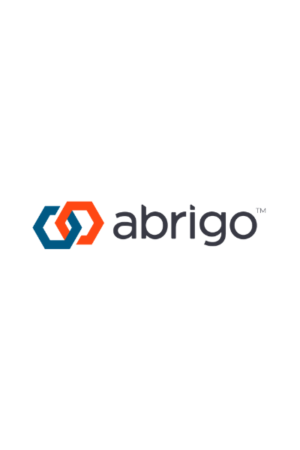How Loan Pricing Models Add Value to the Institution
Implementing a loan pricing model often requires a process change for lenders and business development staff at the institution, and may necessitate a few extra steps. But if the institution evaluates the change bank-wide and the impact that a standardized pricing model could have, the rationale for implementation seems pretty convincing:
- Generate more fee income and stronger earnings, resulting in improved loan yields and margins
- Create an efficient and consistent credit risk management process with defensible documentation
- Foster long lasting and more profitable customer relationships
- Expedite the process to be competitive with turnaround times
- Build in staff performance reports to help with accountability
- Illustrate to lenders when they should say “no” to a loan – which could otherwise be a difficult concept
It’s uncommon that business development officers have a complete and clear understanding of the costs of running a commercial banking organization. As a result, it’s difficult to make decisions based on return. The consistency and transparency afforded by a loan pricing model give the financial institution and its lenders the ability to compare returns across lenders, borrowers, credit risk grades and loan type while ensuring the price is commensurate to risk.
Loan pricing is certain to continue as a hot topic with banks and credit unions, and as institutions evaluate different alternatives, there are a few functions to evaluate.


